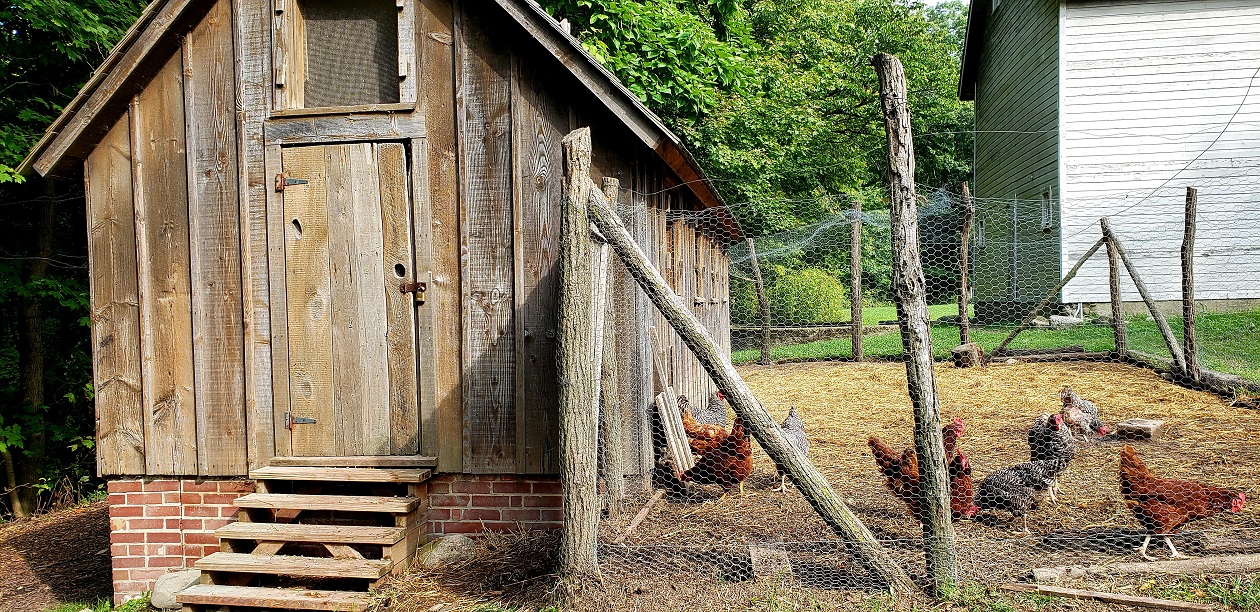Indiana Dunes National Park
The only National Park in Scott’s original home state of Indiana is one of the newer and more controversial parks of the 62. It was a National Lakeshore until early 2018 when it was upgraded to a National Park along with Gateway Arch National Park. Both of these upgrades have come with a fair bit of criticism – are these really national park caliber places? We will leave it to you to answer that question after your visit. The Indiana Dunes stretch out along ~15 miles of Lake Michigan coastline. The area was originally protected because the locals feared they were going to lose all of the coastline to factories and power plants – and both of these are still incredibly evident along the edges of the park. One of the most scenic dunes – Mt. Baldy comes with an up-close view of a power plant. You won’t see that in any other National Park.
Most Recent Visit
September 2019
When to Go
Anytime outside of the winter months are great times to visit the dunes. There are plenty of beaches to relax on in the summer and the spring and fall have good temperatures to go hiking on some of sand trails (it can be quite strenuous to hike in sand for those of you who have never tried it). You will have to look out for the possible severe spring and summer Indiana thunderstorms – but these typically pass quickly and allow you to get back to your activity.
How to Get Here
The closest major city is Chicago – at only an hour away from the park depending on how heavy traffic is at the time you are traveling. If you don’t want to deal with Chicago, you could also fly into Indianapolis which is 2.5 hours south of the park. Or if you can choose to drive from anywhere – that is the beauty of being in the middle of the country!
Trip Length
You can see the entire park and hike several of the 50 miles of trails all in one day easily. You may consider adding a second or third day if you just want to spend some time relaxing on one or more of the beaches along Lake Michigan.
Where to Stay
You have tons of options here. We chose to stay in a chain hotel in Michigan City which is about 30 minutes away from the Park’s visitor center. There are tons of other hotels closer than that in the surrounding towns and cities and also many Airbnb choices if you wanted to go that route instead. If you want to go even cheaper and have the gear – you can also camp inside the park for a nominal nightly fee.
What to Do
If you are most interested in hanging out on a sandy beach and listening to the waves of Lake Michigan – head to West Beach. In our opinion – this is the nicest beach of the bunch and has the most amenities as well including a bathhouse and a concession stand. If you want to walk around for a bit – you also have the Dunes Succession Trail which is the best trail in the park in our opinion as well. You’ll have wonderful views of Chicago across the lake on a clear day as well. Our second favorite beach actually isn’t even considered as part of the National Park – it is in Indiana Dunes State Park which is weirdly embedded right in the middle of the National Park. The State Park also has a lot of great trails – many of which are more interesting than a number of the trails in the National Park.
In addition to laying on one of the beaches, there are a number of hikes to consider as well. You can stop at the visitor center to get a ranger’s opinion on the best hikes for a particular day, but we will give you some recommendations starting on the east side of the park at Mt. Baldy and moving to the west side of the park – which if you happen to be headed to the airport in Chicago on the same day like we were makes the most sense.
Mt. Baldy Beach Trail — 0.75 miles RT, Moderate, 1 hour
Mt. Baldy is a living dune – meaning it is still moving inland each year. Gone are the days of visitors being allowed to hike on the dune itself which used to be a major attraction. It was causing too much damage to the dune and therefore you now can only walk around it to the beach with views of the dune from both the parking lot and the beach. Even so – it is still worth a visit as the dune is large and the beach is still nice. While not a long trail, you do have to hike through a good amount of sand which is what makes this moderate. You can hang out on the beach for a while and take in views of Lake Michigan and also the power plant, which looks nuclear – but apparently isn’t, to the east if you enjoy that type of thing.
Bailly Homstead, Chellberg Farm, Little Calumet River, Mnoke Prairie Loop Trail — 3.4 miles RT, Easy, 2 hours
This trail system which makes up 7% of park’s trails combines a walk through the forest and along the river with a few historical structures as well. You will park by the Chellberg Farm and start your loop hiking alongside the farm where you will likely see many farm animals as it is still in operation today. We also horses, chickens, turkeys, and goats along our walk. It should also be noted the Chellberg’s used the many maple trees in the area to make maple syrup and that tradition continues today. It’s actually the only National Park which produces maple syrup! Once you pass the farm, you will head into the woods and will come to a fork with the main loop continuing left and an 0.6-mile round trip spur trail to the right which will take you to the Bailly cemetery were the Bailly family was laid to rest. We of course did this to make this an even 4.0-mile hike. Once you get back to the main loop – you will continue on through the forest and you will eventually reach the Little Calumet River and Mnoke Prairie. The trail can be really confusing to follow on your way – especially around the Dunes Learning Center – so pay attention. When you reach the Bailly Homestead – you will know you are getting close to the end. This homestead was home to perhaps the very first non-native northwest Indiana resident (1774-1835) which is what makes this super interesting. There are several interpretive signs for you to check out here before continuing down the trail to the parking lot.
Tolleston Dunes Trail — 2.9 miles RT, Moderate, 2 hours
When we started this hike, we expected to be hiking on a sand dune – and while we were certainly hiking on a dune – it didn’t feel like it at all. These dunes are over 10,000 years old and there is a forest growing on top of them now. It was super interesting as you could clearly tell you were hiking on sand at some points – but at other times it just felt like a normal walk in the woods. This showed the evolution of these sand dunes. Mt. Baldy discussed above is still on the move, but it too will eventually become what the Tolleston Dunes are now which is a completely different ecosystem.
Dunes Succession Trail — 0.9 miles RT, Moderate, 45 minutes
In our opinion, this is the top trail in the park. It easily has the best views – but it may be a bit intimidating to get to those views. From the parking lot, you will see people struggling up the ~250 stairs to get to the top of the dune where you will have a great view of the dune itself, Lake Michigan, and Chicago on a clear day. I passed several people on the way to the stairs who had decided they were not interested and were heading back to the beach! If you get past this first hurdle though – the rest of the trail is super easy, and you will get to see this particular dune starting to move between the Mt. Baldy and Tolleston Dune state. There are still plenty of areas of solid sand, but you will see many areas where trees and grass are starting to cover it all up. The trail actually dumps you out right onto West Beach where you can continue to relax or head back to the car. There actually is a 3-mile loop trail here by combining this trail with Long Lake as well on the other side of the very large parking lot if you are interested. We just drove over and took a picture of the lake and move on – it wasn’t that photogenic.
There are other trails we didn’t do on this trip given our limited time, but would consider on a future trip such as the Dune Ridge Trail, Cowles Bog Trail, and Calumet Dunes Trail.












